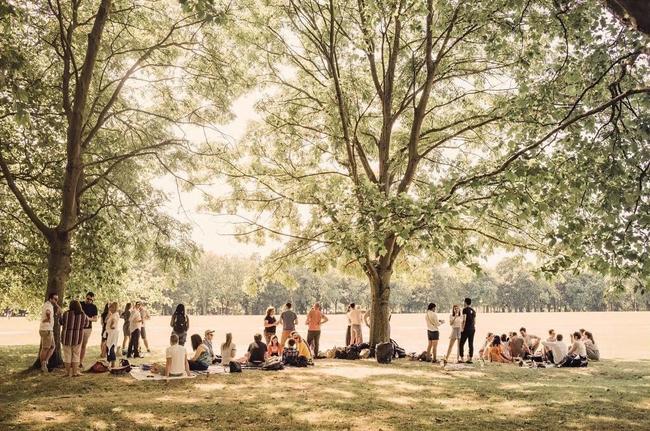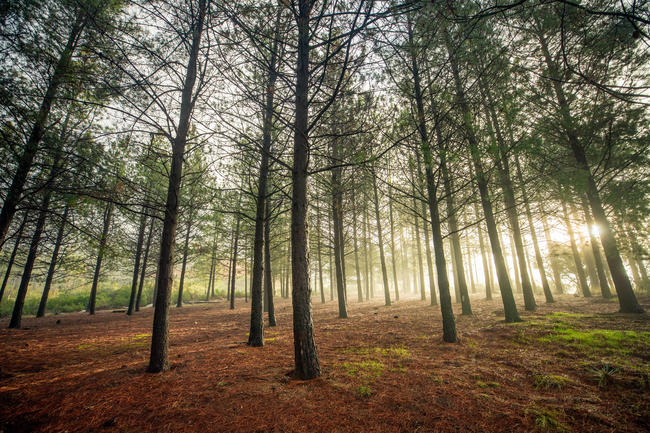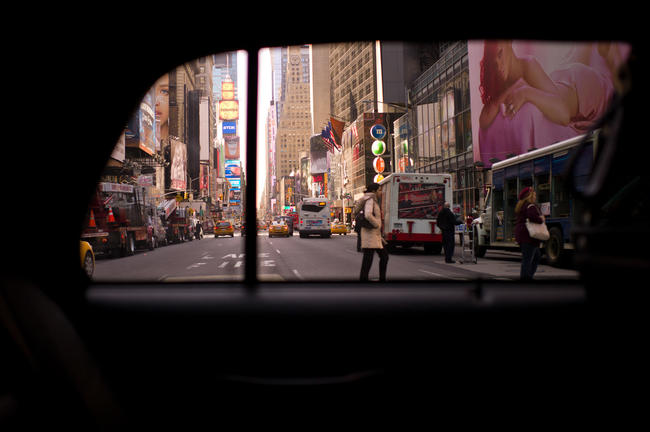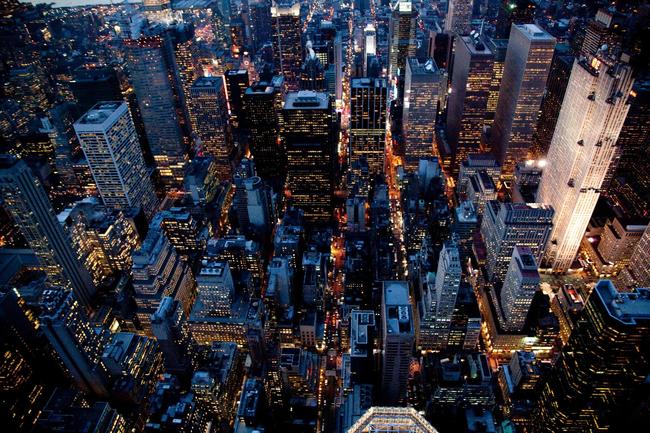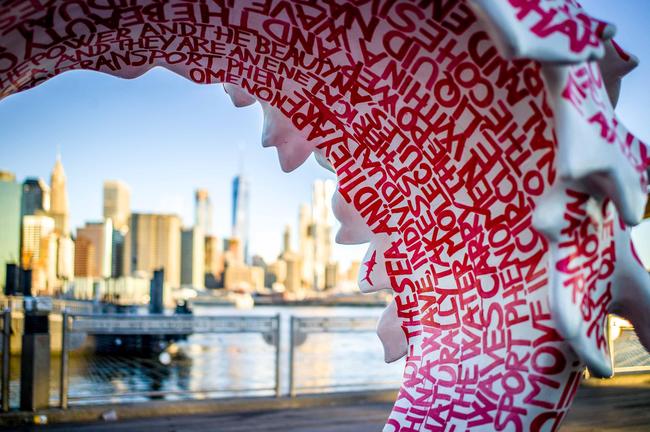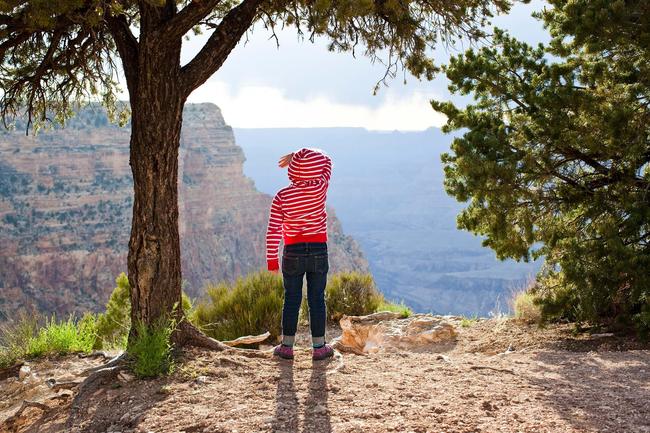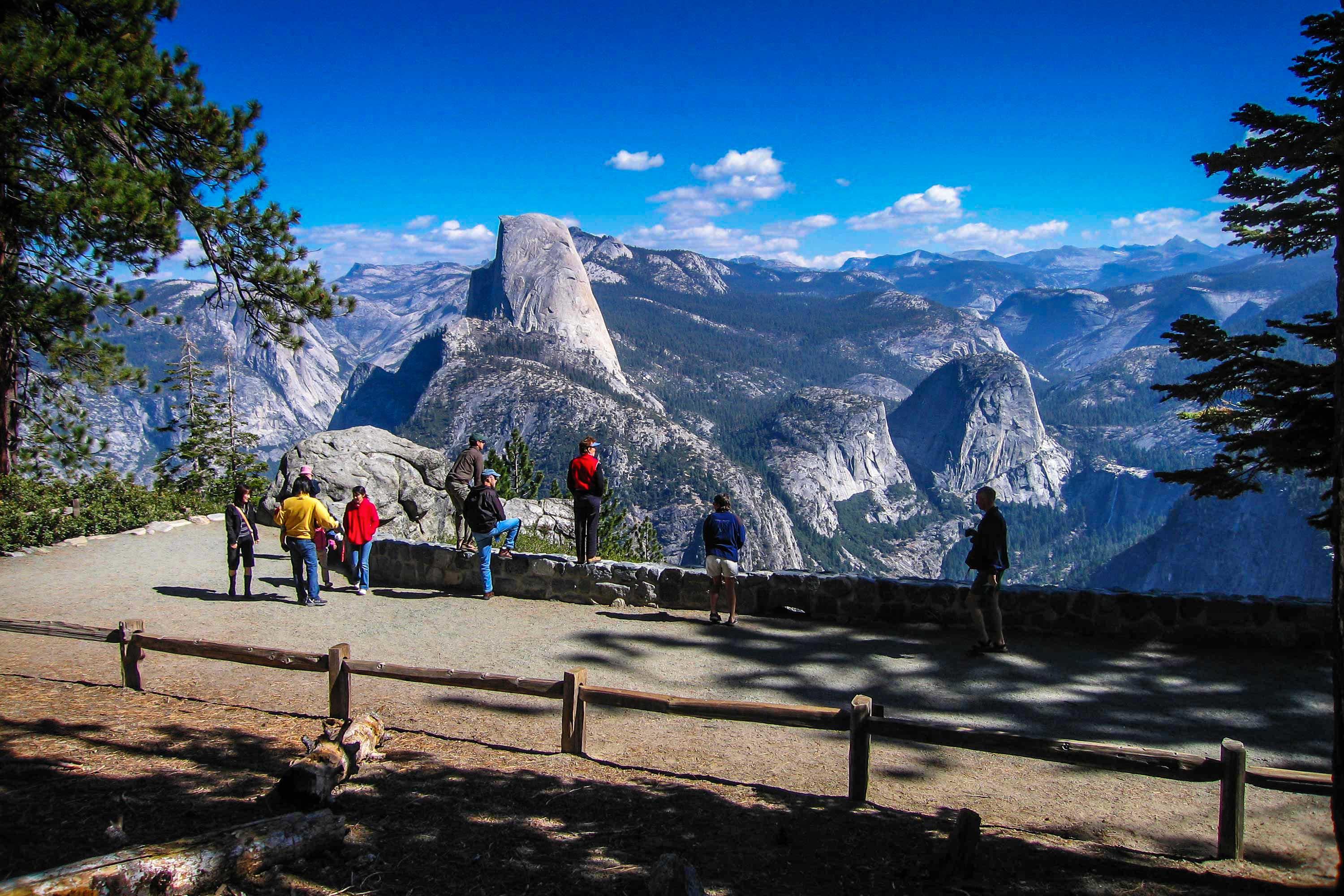
Monumental Moment for National Monuments
History is shaped by the stories we tell to remember, but also by the truths we admit now and the places we protect for later. Our public lands across the U.S. hold that history – the mountains and waterways, the red rock deserts and wind-blown plateaus, and the coral reefs and rocky coastlines that reach from Maine’s Katahdin Woods and Waters to Rose Atoll Marine, tucked in the South Pacific.
These breathtaking landscapes are no longer safe.
Back in April, the White House signed an executive order calling for a comprehensive review of all our national monuments. President Trump is expected in Utah today (2 December 2017) to announce his intention to shrink the size of some of our most striking and significant public lands, starting with Bears Ears National Monument.
Bears Ears is a stunning piece of indigenous land that rises over the red rock landscape in its namesake shape. That land, like each of our national monuments, contains immeasurable environmental and cultural value. Without federal protection, our sacred lands are too often sold off and their resources plundered. Stripping away protections for these monuments now would put them in the hands of developers. Sold to the highest bidder, these rich ecological landscapes and their cultural history could be destroyed. As a native Californian raised in the West Coast’s rugged mountains and protected plains, the thought that they could disappear is inconceivable.
My earliest memories take place in national parks because my parents made their way from Michigan to California in the 1970s, camping at national monuments and parks along the way. As a kid, each summer we would load tents and sleeping bags into the back of our van and drive north to the Yosemite Valley. There we swam in Mirror Lake, hiked the Yosemite Falls switchbacks, and trekked across the Panorama Trail that carries you along the top of the valley ridge, before winding its way down the Mist Trail to the base of Vernal Falls.
In Yosemite, I learned the history of the indigenous people who first lived there, and the horrific tales of how they were slaughtered and removed from their homes. There I heard about the businessmen who came next. They built hotels and blasted through the mountains to make room for trains and pull resources from the earth. There was even a time that visitors to the valley could pay to watch as burning piles of trees were pushed from the top of Glacier Point. Tourists applauded as the fiery mass fell to the valley floor, scorching a path down the mountain on its way. Yosemite was on its way to being destroyed until naturalist John Muir helped convince our federal government to protect the sacred valley. This spirit of conservation has been carried forward ever since. Starting with Teddy Roosevelt, almost every president has continued to conserve and expand our national monuments.
Preserving these monuments not only ensures landscapes like Utah’s Zion and Grand Teton in Wyoming remain accessible and pristine, it protects vital pieces of our national history and heritage. Monuments like the World War II Valor in the Pacific help us remember our past. Harriet Tubman Underground Railroad in Maryland, President Lincoln and Soldiers’ Home in Washington D.C., and California’s Mojave Trails: their stories remain intact because they are national monuments. Public lands form a collective legacy that must be preserved. These protected places have taught me to respect the history of our land and care for the earth.
If you’ve ever stood before the tremendous vistas at Bryce Canyon in Utah or bouldered the stones in Joshua Tree, southern California, under the baking desert sky, you know how that kind of beauty can change you. This September, I stood on the edge of the Rio Grande del Norte in New Mexico, tinged with a sense of wonder, and stared in awe at the starry sky, so invisible in a city and so all-consuming in those untouched lands. When I’m home, my family still races to the hill above Salt Creek Beach to catch the sun as it dips behind Catalina and paints the sky with tangerine ribbons. We watch the water stretch towards the shore and dance with a brilliant incandescent glow. The California coastline is a protected public land. So are the wind-blown dunes of White Sands New Mexico and the untouched swathes of ocean at Mariana Trench in the western Pacific. And the idea that they should be handed over to private businesses lacks all perspective.
If we allow our monuments to be diminished now, we stand to lose far more than Bears Ears’ boundary line. Today, the fate of our cultural and environmental heritage is at stake. As naturalist John Muir wrote: “Every other civilised nation in the world has been compelled to care for its forests, and so must we if waste and destruction are not to go on to the bitter end.”
We have a responsibility with Bears Ears. We have a chance to help protect our national monuments in a way that preserves their stories and unspeakable beauty for future generations.
Tea & Water Pictures photographer Christopher LaMarca will be documenting this story as it unfolds.

